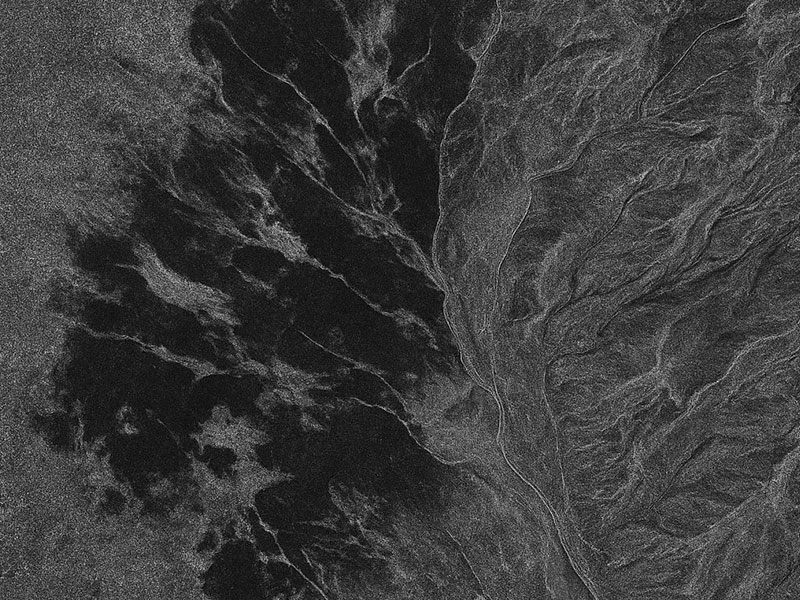In a world of shifting climates, evolving landscapes, and growing data demands, Synthetic Aperture Radar (SAR) has emerged as one of the most powerful tools for environmental analysis. At CyOak Consulting®, we believe SAR is more than just a sensor—it’s a dynamic, resilient solution capable of capturing actionable intelligence across a wide spectrum of environmental events, from natural disasters to long-term ecosystem monitoring.
Why SAR?
Unlike optical imaging, SAR sensors can collect data day or night, through cloud cover, smoke, and rain—making it ideal for consistent monitoring in dynamic or challenging environments. Whether tracking the retreat of glaciers, monitoring deforestation in tropical regions, or detecting oil spills offshore, SAR delivers reliable, high-resolution imagery in real-time and over time.
A Broad Spectrum of Environmental Applications
SAR’s adaptability lends itself to a diverse range of use cases:
- Flood and wildfire monitoring: Measure flood extents, detect fire scars, and track water or vegetation loss across affected areas.
- Urban change detection: Identify land subsidence, infrastructure shifts, or new construction—especially useful for insurance, utilities, and real estate development.
- Agriculture and forestry: Monitor crop health, soil moisture, and illegal logging, improving sustainability and supply chain traceability.
- Coastal and marine surveillance: Track shoreline erosion, marine vessel movement, and offshore platform stability.
From slow-moving environmental trends to sudden-impact events, SAR provides a window into the changes shaping our planet.
Integrating SAR with AI: Smarter, Faster, More Predictive
The ingestion of artificial intelligence and machine learning into SAR workflows accelerates the speed and scale of analysis. AI enables:
- Automated change detection across vast areas, reducing manual review time.
- Pattern recognition and anomaly detection, flagging unusual or emergent environmental activity.
- Predictive modeling based on historical SAR datasets, helping decision-makers anticipate future scenarios.
At CyOak, we are actively working on fusing SAR with AI/ML to create real-time, intelligent systems that not only monitor but also predict environmental risks—supporting smarter responses to floods, wildfires, and coastal threats.
Who Benefits? A Commercial Opportunity
SAR isn’t just for scientists or government agencies—it offers significant value for commercial organizations, including:
- Insurance companies seeking rapid damage assessments post-disaster.
- Agritech firms optimizing yield prediction and environmental compliance.
- Utilities and energy providers monitoring critical infrastructure in remote or extreme environments.
- Real estate developers and logistics providers needing site stability and land use insights.
- Environmental consultants offering data-driven reports for regulatory or conservation projects.
As SAR data becomes more commercially accessible through providers like Capella Space, ICEYE, and smaller, innovative platforms like Synspective, organizations of all sizes now have access to precision radar imagery tailored to their needs. These providers are democratizing access to high-quality SAR data—enabling faster, smarter decision-making in industries that demand accuracy and agility.
Conclusion: Adaptability Is the Advantage
SAR’s true power lies in its adaptability. From mountains to coasts, droughts to deluges, SAR provides continuity in a world of constant change. By combining this proven technology with AI-driven insight, CyOak Consulting® is helping organizations not only see what’s happening—but understand what it means, what’s coming next, and how to prepare.
We’re just scratching the surface of SAR’s potential. Let’s talk about how it can work for you.



